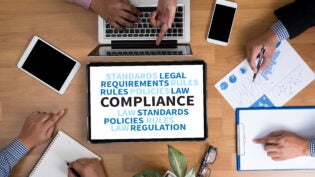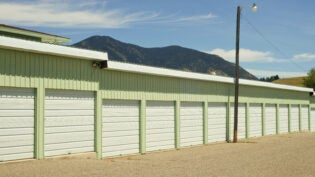
Buying a franchise is an exciting endeavor. After you’ve asked yourself the important questions, determined what franchise you can afford and hired a franchise attorney to assist in the process, it’s full steam ahead. However, there are a few potential bumps along the road to look out for, such as:
1. The Brick and Mortar Build-Out
Assuming your franchise requires a physical location, you’re looking at anywhere from six months to a year before you become operational. This is important to factor into your budgeting, especially if you will not be working or earning an income elsewhere for the time being. It’s not just about affording the build-out, but also maintaining your lifestyle during that downtime.
2. Tenant Improvement
Many landlords will offer a tenant improvement allowance to help pay for the hard costs in your build-out—think HVAC, painting, carpeting, etc. You want to negotiate the highest and most useful tenant improvement allowance possible before signing the lease. If you wait until after the fact, this item may no longer be negotiable, and you could be stuck covering expenses out of pocket that might otherwise have been included in tenant improvement.
3. Term Alignment
This might be the simplest but most frequently overlooked tip for signing a commercial lease: Mirror your lease term to your franchise term. If you have a 10-year franchise agreement, negotiate a 10-year lease. You might even ask the landlord to offer two five-year options so that you have the opportunity to evaluate and retain your location both halfway through and at the end of your franchise agreement.
When it comes to multi-use agreements, remember to give yourself enough time to get each location up and running before turning your focus to the next. Learn more about multi-unit agreements here.
4. Location
Speaking of location, it means everything to your success as a franchisee. Don’t settle for a location that you don’t believe to be the right fit. Factors to consider include square footage, room for growth, demographics, visibility and—if you’re in a plaza or building with multiple businesses—the draw of the other tenants. For example, proximity to a large and popular anchor tenant can be a silent but significant advantage for your business’ foot traffic.
5. Lease Negotiation
Most people have never leased or built out a space, and thus are not aware of the nuances in a commercial lease agreement. A good lease can add value to your business, and a bad one can inhibit the growth of even a seemingly no-brainer franchise. Most lease agreements tend to be more negotiable than franchise agreements; contact Soden & Steinberger, APLC today for reliable, entrepreneurial-minded legal counsel surrounding both documents.
1952 Views












